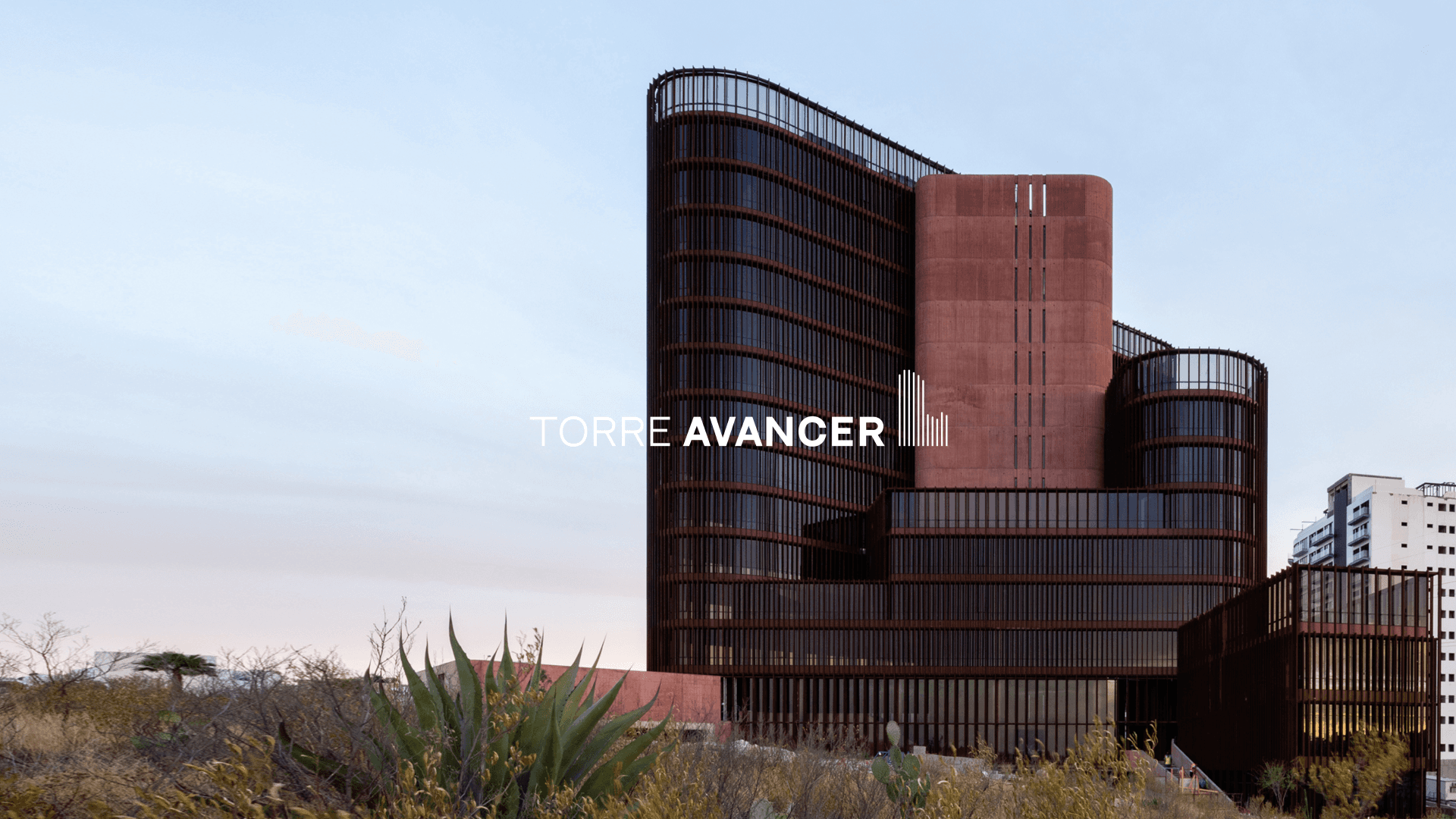How to Make Personal Web Page: A Step-by-Step Guide for Beginners
Regular maintenance and updates are essential for keeping your personal website functional and relevant.
Creating a personal webpage is an essential step in establishing your online presence and enhancing your personal branding. To make a personal webpage, focus on defining your purpose, selecting a suitable platform, and designing a user-friendly layout that reflects your personality. This simple guide will walk you through the process while highlighting strategies for showcasing your unique skills and interests.
In today’s digital age, a personal website acts as a dynamic portfolio that can open doors to various opportunities, from job offers to freelance gigs. A well-crafted site allows you to share your story, connect with others, and stand out in a competitive marketplace. With the right guidance, you can create a platform that not only represents you but also resonates with your audience.
Atla* is an excellent choice for anyone seeking professional branding strategy and design services. Our team combines creativity and strategic insights to help you build a personal brand that captures attention and fosters genuine connections. Let’s begin your journey toward a compelling online presence.
Choosing the Right Platform
Selecting the appropriate platform for your personal webpage is crucial. A well-chosen website builder, understanding web hosting, and securing a suitable domain name are key components that can enhance your online presence.
Popular Website Builders
When creating a personal webpage, you have several website builders to consider. Wix is known for its intuitive drag-and-drop interface, making it ideal for beginners. It offers a variety of templates and customization options. WordPress is another powerful choice, offering flexibility and extensive plugins for added functionality. If you’re looking for a visually stunning site, Squarespace provides elegant designs tailored for creatives. Each platform has its own strengths, so assess your needs carefully. For instance, if you prioritize ease of use, Wix may be your best option. Alternatively, if you want complete control over your site, WordPress could be more suitable.
Understanding Web Hosting
Web hosting is essential for storing your website files and ensuring they are accessible online. Different hosting services offer various levels of performance, reliability, and customer support. Look for a hosting provider that matches your experience level and technical needs. Consider options with good uptime records and quick loading speeds. Atla* can help guide you in selecting a hosting provider that aligns with your branding strategy. Quality hosting enhances your site’s performance and user experience, which is critical when attracting and maintaining visitors.
Domain Name Selection
Choosing a domain name is a significant step in establishing your online brand. Aim for a name that reflects your identity while being easy to remember and spell. Use a reputable domain registrar, such as GoDaddy, for secure purchasing and management. Consider including keywords related to your niche for better search engine visibility. It’s best to keep the name short and avoid complex characters. If you’re uncertain where to start, Atla* can assist you in crafting a unique domain that aligns with your overall branding strategy. A well-selected domain name can contribute significantly to your website's credibility and first impression.
Designing Your Personal Web Page
Creating an effective personal web page requires attention to various design elements. Focus on layout, color scheme, typography, and the overall user experience to ensure a polished look that reflects your personality and purpose.
Essential Design Elements
The fundamental elements of web design play a crucial role in how visitors perceive your page. Prioritize a clean layout that guides users naturally through the content. Use a grid system to maintain alignment and balance. Select a color scheme that complements your message and evokes the desired emotions. For typography, choose fonts that enhance readability; combining a sans-serif font for headlines and a serif font for body text often works well.
Incorporate visual elements such as images or icons that relate to your personal brand. Utilizing whitespace effectively helps prevent a cluttered appearance. Consider hiring a professional service like Atla* to help ensure each design element works harmoniously for maximum impact.
Customizing Templates
Using templates can simplify the design process but requires thoughtful customization to make the website feel personal. Choose a template that aligns with your style and purpose. Once selected, modify the layout to fit your content needs and adjust the color palette to reflect your brand identity.
Incorporate custom graphics or personal images instead of stock photos to add a unique touch. Pay attention to buttons, forms, and navigational elements, ensuring they are user-friendly. A well-customized template showcases your creativity while still providing a structured framework that enhances the user experience.
Responsive Design Considerations
Responsive design is essential for ensuring your web page looks great on all devices, including desktops, tablets, and smartphones. Start by using flexible layouts that adjust according to the screen size. Test your design on multiple devices to identify any usability issues.
Incorporate mobile-friendly navigation to make it easier for users to explore your site on smaller screens. Optimize images and videos for faster loading times without sacrificing quality. Atla* emphasizes the importance of seamless user experiences, combining creativity and strategy to help you build a compelling online presence that resonates with visitors across devices.
Creating Content for Your Website
Creating engaging content is essential for your personal website. This involves strategic planning and clear communication of your identity, skills, and projects. Below are key areas to focus on for effective content creation.
Developing a Content Strategy
Begin by defining your website's purpose. Consider what you want to achieve—whether it's to showcase your work, connect with potential clients, or share your knowledge through blog posts.
Identify your target audience. Understanding their needs will help you craft content that resonates. A well-structured plan includes a mission statement, highlighting what drives you and your goals.
Organize your content into categories to enhance navigation. Use headers, bullet points, and lists for clarity. Prioritize quality over quantity. It’s better to have fewer, high-quality pieces than to fill your site with mediocre content.
Writing About Me and Bio Pages
Your "About Me" page is a vital component of your personal brand. Focus on telling your story compellingly and authentically. Share your background, professional journey, and what makes you unique.
Include relevant experience, skills, and accomplishments. This can range from your education to significant projects you've completed. Feel free to incorporate testimonials for social proof.
Keep the tone friendly and relatable. Engage visitors by inviting them to learn more about your passions and interests. Make it easy for them to connect with you, possibly through links to your social media or contact details.
Showcasing a Portfolio
A well-organized portfolio is crucial for displaying your work. Present your projects in a visually appealing way. Use high-quality images and brief descriptions to convey each project's context and your role in it.
Categorize your work to help visitors navigate easily. Whether it's a blend of design projects, writing samples, or case studies, clarity is essential.
Include links to your resume and any relevant projects. For added impact, consider adding a few blog posts related to your field. This can demonstrate your expertise and passion. Atla* specializes in crafting unique web designs, ensuring your portfolio captures your essence and stands out.
Optimizing for Search Engines
Optimizing your personal webpage for search engines is essential to enhance visibility and attract visitors. This process involves strategic use of keywords, utilizing SEO tools, and improving your site's performance. Each element plays a vital role in achieving your web presence goals.
Using Keywords Effectively
Keywords are the backbone of search engine optimization (SEO). To begin, identify relevant keywords that align with your content and audience. Use tools like Google Keyword Planner to discover popular search terms. Once identified, incorporate these keywords naturally into your headings, body text, and meta descriptions.
Meta descriptions are particularly important as they make a strong first impression in search results. Aim for concise descriptions that include primary keywords while accurately summarizing page content. This helps entice clicks from users browsing search results and improves your site's SEO ranking.
Leveraging SEO Tools
Utilizing SEO tools can significantly enhance your optimization efforts. Tools such as Google Analytics provide insights into your website's performance, including visitor behavior and traffic sources. This data allows you to make informed adjustments.
Consider using website builders that integrate SEO optimization features. These platforms often offer functionalities to help you easily implement best practices, such as modifying URLs, alt text for images, and generating sitemaps. Consistent monitoring and analysis using these tools ensure your site remains competitive in search engine rankings.
Enhancing Site Speed and Performance
Site speed directly influences user experience and search rankings. A slow-loading page can lead to higher bounce rates and lower engagement. Optimize images and minify CSS and JavaScript files to enhance load times.
Utilizing content delivery networks (CDNs) can also improve speed by distributing your content across multiple servers globally, thus reducing latency. Regularly test your site speed using tools like Google PageSpeed Insights, and make necessary adjustments to maintain optimal performance.
By focusing on these areas, you can effectively enhance the search engine visibility of your personal webpage, ensuring you connect with your target audience.
Maintaining and Updating Your Site
Regular maintenance and updates are essential for keeping your personal website functional and relevant. By establishing a schedule for updates and utilizing analytics tools, you can ensure your site remains engaging and aligned with your audience's needs.
Establishing Regular Updates
To maintain your website effectively, create a routine for content updates and technical checks. Aim to review and refresh content at least once a month. This can include updating blog posts, adding new projects, or modifying your portfolio to reflect your latest work.
Incorporate timely updates to ensure your site remains relevant. Seasonal promotions or recent achievements can keep your audience engaged. Consider using a content management system (CMS) like WordPress or Atla* to streamline this process.
Don't forget about technical maintenance. Regularly check for software updates, optimize images, and ensure your website is secure with an SSL certificate. Set reminders for these checks to avoid overlooking any crucial updates.
Monitoring With Analytics
Utilizing analytics gives you insight into how visitors engage with your site. Set up Google Analytics to track user behavior, page views, and bounce rates. This data will help you identify which content resonates and which doesn’t.
Regularly check your analytics and adjust your content strategy accordingly. For example, if certain pages have high traffic but low engagement, consider updating their content to improve the user experience. Additionally, look for trends in user demographics to tailor your content effectively.
Combine this analytical approach with your site’s maintenance plan. This integration allows you to make informed decisions about what to update and how frequently to do so. Atla* can assist you in leveraging these insights to enhance your online presence.





















